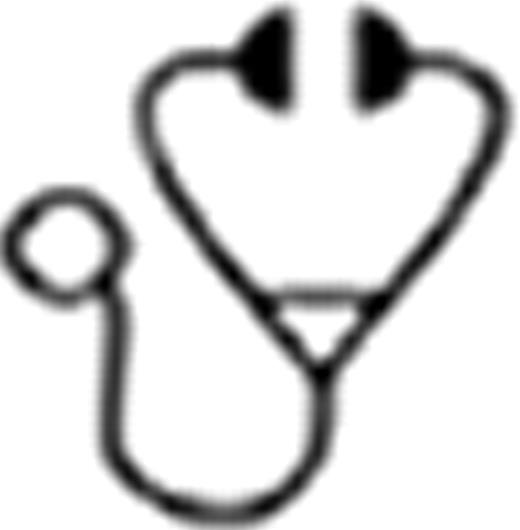Abstract
Prior to the introduction of novel therapies for patients with multiple myeloma (MM) few patients survived for more than 10 years. Several reports have suggested that 10 year survival is associated with a younger age at diagnosis and the duration of exposure to effective agents. Although the number of patients surviving 10 years is increasing, there have been no significant reports of immunological biomarkers in these patients. This is especially true in those for whom the prolonged survival has occurred without novel drugs. Previous studies have shown that the presence of expanded peripheral blood CD8 T-cell clones in MM patients is associated with a better prognosis; raising the possibility that these T-cells, confirmed as clones by TCR sequencing, mediate an anti-tumor effect. However microarray gene set enrichment analysis and proliferation tracking studies demonstrated that these cells are in an anergic state. In addition, there is evidence that Tregs inhibit and Th17 cells enhance autologous immune response in malignancy and that an imbalance in MM may impair disease control. Slan-DCs are a subset of myeloid dendritic cells and are of interest in MM because of their ability to stimulate cytotoxic T-cell responses and reverse anergy in tumor infiltrating lymphocytes.
We have investigated the immune mechanisms of disease control which may contribute to long-term survival by analyzing Tregs, Th17 cells, Slan-DCs and the incidence and relative degree of anergy of T-cell clones in all current >10 year survivors.
Peripheral blood samples were analyzed for the presence of CD3+ T-cell receptor Vβ restricted T-cell clones (BetaMark Kit), the number of CD3+CD4+CD25h+CD127- Tregs, CD4+IL-17+ Th17 cells and CD16+CD14low M-DC8+ Slan-DCs. Proliferation of T-cells was analyzed using CFSE tracked 4 day cultures stimulated with anti-CD3 and anti-CD28 beads. Results were compared with local data collected from 2 large MM cohorts and age-matched controls.
Of 26 patients who had survived for >10 years, 22 were available for testing. At diagnosis the median age was 59y (median=57y in comparison cohort); 54% were female; median β2M was 2.2mg/L (range 1.1–7.3); 92% were ISS I; 73% of paraproteins were IgG, 23% IgA and 4% light chain only. 73% had end-organ effects with; 65% bone disease; 15% anemia and 8% renal impairment. 58% had received cytotoxic chemotherapy; 27% novel agents; 38% autologous transplants; 8% allogeneic transplants and 31% were untreated. Expanded T-cell clones were documented in all (100%) of the 10 year survivors, a significant increase compared with 54% (n=144) and 48% (n=120) in the previous MM cohorts (χ2=43.6;p<0.001). Tregs accounted for 5.7% of CD4+ cells in the 10 year survivors which was significantly less than the 8.9% in the all-MM cohort (t=3.1; p< 0.005) but similar to 6.5% in age-matched controls. Proportions of Th17 cells were significantly greater in the 10 year survivor group (3.3% of CD4+ cells) than in the previous MM cohort (0.72%; U= 78; p< 0.005). Both absolute and percent mean Slan-DC numbers were significantly higher in the 10 year survivors than the all-MM cohort (0.17% vs 0.1%; t=2.5, p<0.02). Proliferation of clonal T cells was markedly greater in the 10-year survivors than the all-MM cohort (median 84% and 4% respectively; p<0.001) suggesting that they are more responsive.
Analysis of immunological biomarkers in >10 year survivors of MM was compared to a large MM cohort and demonstrated a statistically significant decrease in T-regs with an increase in Th17 cells, absolute Slan-DCs and incidence of T-cell clones. These T-cell clones are more responsive than those in an all-MM cohort suggesting they have acquired less MM-associated anergy. This demonstrates that immunological mechanisms are active in long term disease control in MM and suggests that overcoming anergy of cytotoxic T-cells should be a focus of future studies.
No relevant conflicts of interest to declare.

This icon denotes a clinically relevant abstract
Author notes
Asterisk with author names denotes non-ASH members.

